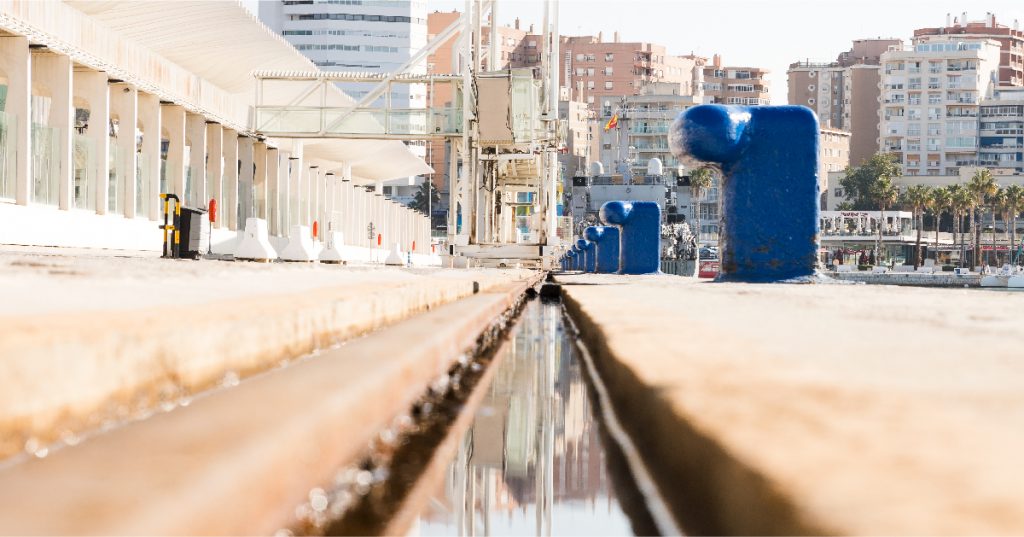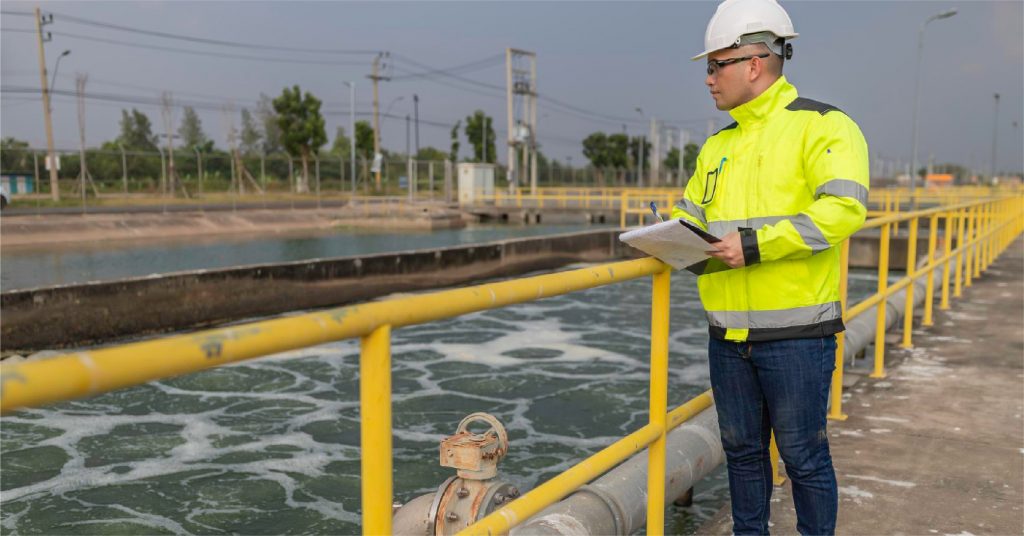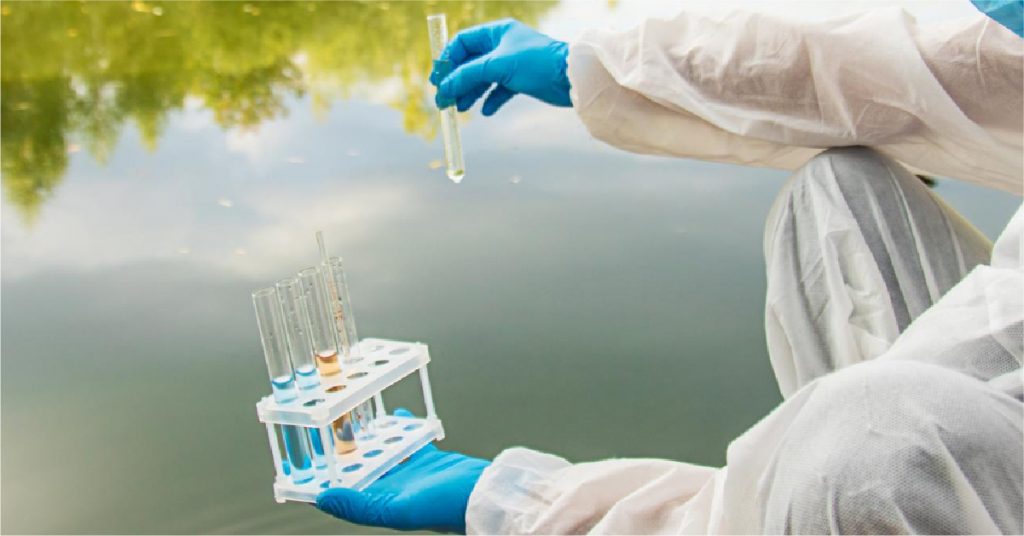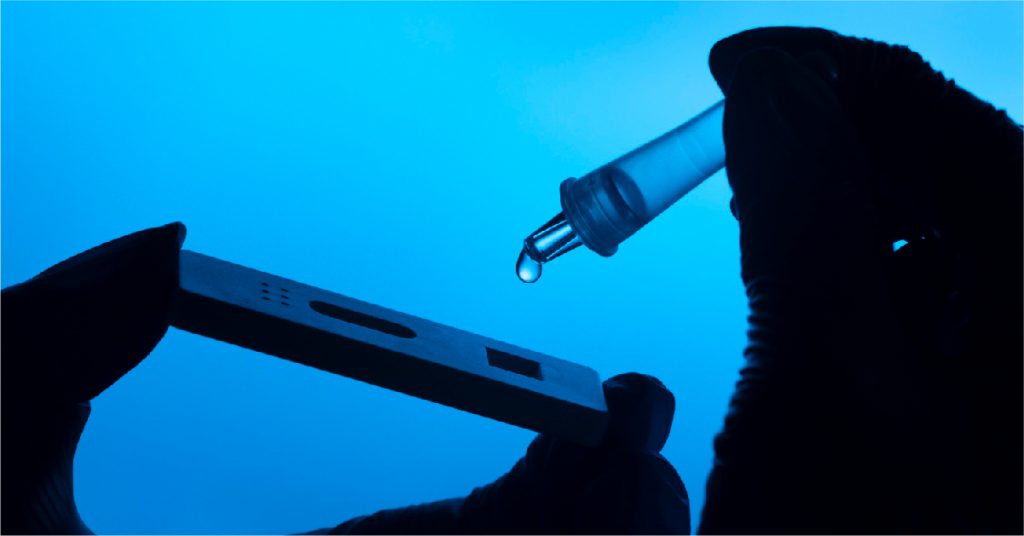Water scarcity is a growing concern in many parts of the world, and Sri Lanka is no exception. With increasing demand for freshwater across agriculture, industry, and domestic use, alternative sources like brackish water are being explored more than ever before. Found in coastal and inland regions, brackish water holds potential—but also presents unique treatment challenges. Understanding what brackish water is, its characteristics, and how it can be treated is crucial for building sustainable water strategies in Sri Lanka.
What Is Brackish Water?
Brackish water is water that falls between freshwater and seawater in terms of salinity. It typically contains between 1,000 and 10,000 mg/L of dissolved salts. Brackish water can naturally occur in estuaries where freshwater from rivers mixes with seawater, or it can result from human activities such as agriculture, aquaculture, or mining.
In Sri Lanka, brackish water is found in several coastal and dry zone regions, particularly in lagoons, wells near the coastline, and certain groundwater sources. Given the island’s geography and changing climate conditions, the dependence on such marginal water sources is rising, especially in areas with seasonal droughts and limited freshwater availability.
Why Is Brackish Water Salinity a Concern?
The brackish water salinity level determines how suitable the water is for various uses. High salinity can damage crops, corrode industrial equipment, and make water unsafe for drinking or sanitation. In coastal areas of Sri Lanka, saltwater intrusion into freshwater aquifers due to over-extraction of groundwater is increasing the prevalence of brackish water.
While it is a potential water source, untreated brackish water is not viable for most agricultural, industrial, or household applications. That’s where treatment technologies like desalination come into play.
Desalination of Brackish Water: Key Methods
Desalination of brackish water refers to the process of removing salts and other impurities to make the water fit for use. In Sri Lanka, desalination is gaining attention, especially for areas with limited access to clean water. Here are some of the most effective methods:
- Reverse Osmosis (RO)
This is the most commonly used method for treating brackish water. It involves passing water through a semi-permeable membrane that removes salts and other dissolved solids. RO systems are widely used in both urban and rural parts of Sri Lanka for drinking water purification. - Electrodialysis (ED)
ED uses electrical charges to separate salt ions from water. It is energy-efficient at lower salinity levels and is suited for applications where brackish water salinity is relatively low. - Nanofiltration (NF)
Nanofiltration membranes allow partial desalination and are often used for water that does not require complete salt removal. It is effective in reducing hardness, organic compounds, and certain salts. - Thermal Desalination
Though less common due to higher energy costs, thermal methods such as multi-stage flash (MSF) and multiple-effect distillation (MED) are used in regions where electricity or waste heat is readily available.
Each method has its pros and cons in terms of cost, energy requirements, recovery rate, and maintenance. In Sri Lanka, reverse osmosis remains the most practical choice due to its scalability and effectiveness.
Challenges in Brackish Water Treatment in Sri Lanka
While the desalination of brackish water offers promising solutions, several challenges need to be addressed for it to be a long-term option in Sri Lanka:
- High Capital and Operating Costs
Installing and operating desalination units—especially for rural or small-scale use—can be expensive. Energy consumption and membrane replacement add to operational costs, making it challenging for widespread adoption. - Brine Disposal
Desalination processes generate a highly concentrated salt solution known as brine. In coastal areas, improper disposal can damage marine ecosystems, while inland brine disposal presents logistical difficulties. - Limited Technical Expertise
The operation and maintenance of treatment systems require skilled manpower, which can be limited in remote areas. Breakdowns or poor handling may reduce system efficiency or lifespan.
- Water Quality Variations
The composition of brackish water can vary significantly across regions. Some sources may contain additional contaminants like fluoride, arsenic, or organic compounds, requiring pre-treatment or multi-stage purification. - Policy and Regulatory Gaps
While Sri Lanka has made strides in water resource management, clear guidelines and incentives for brackish water treatment projects are still evolving. Stronger policy support could encourage public-private partnerships and community-based water projects.
Ion Exchange’s Innovative Range of MEMBRANE SOLUTIONS
Ion Exchange offers a diverse range of products and solutions for water treatment, including:
- Reverse Osmosis: Reverse osmosis (RO) is a technique that converts seawater into freshwater by forcing it through specialized membranes using unique filters. These membranes keep the salt out. RO is easy to expand for more water and can use less power if we add energy-saving systems. But it’s important to clean the seawater first, so the filters work well. With energy-saving systems, we can use 30 to 40 percent less power. Therefore, reverse osmosis (RO) is an effective method for obtaining fresh water from seawater.
- Electrodialysis: Electrodialysis is a technology that employs specialized membranes and electricity to separate salts from seawater, serving purposes beyond producing drinking water. This process can also be utilized to produce salt, desalinate soy sauce, and recover valuable substances from saline wastewater. Therefore, its applications extend well beyond just drinking water, encompassing various other beneficial uses.
Conclusion
Brackish water may not be the first choice for drinking or irrigation, but with the right treatment methods, it can become a reliable and sustainable source for communities across Sri Lanka. Addressing the challenges of brackish water salinity and investing in modern desalination of brackish water technologies can help bridge the growing gap between water demand and availability.
Whether you’re an industry leader, local authority, or community planner, understanding the science and strategy behind brackish water treatment is essential in today’s context of water stress.





